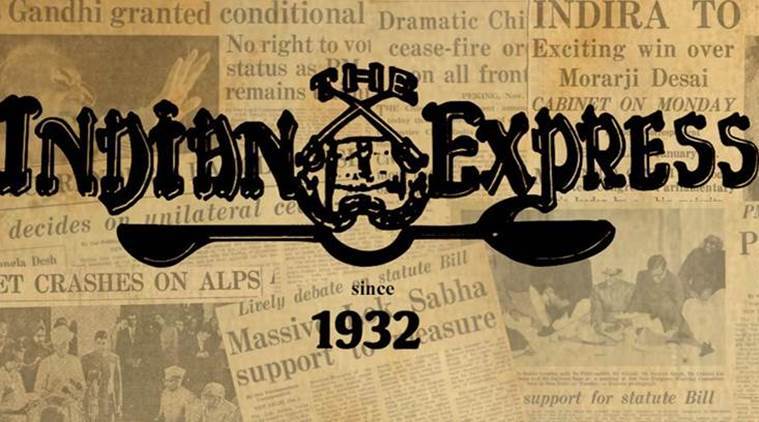Opinion Lost in the mela
Kumbh can do without more publicity. UP government would do better to address ecological concerns that surround it
 Indian cricket team is finally coming into its own on foreign fields
Indian cricket team is finally coming into its own on foreign fields  According to the UP Pollution Control Board, the river’s water quality deteriorated to three times below the permissible levels.
According to the UP Pollution Control Board, the river’s water quality deteriorated to three times below the permissible levels.
In terms of the sheer size of the congregation, the Kumbh Mela has scarcely any parallel. For centuries, this spectacle at the confluence of the Ganga, Yamuna and the Saraswati in Allahabad has been animated by the belief that a dip in the holy waters, when the stars are placed at their most beneficent configuration, cures all sins. But the Uttar Pradesh government, it seems, does not want to leave things to piety for the festival next year. To make “youngsters aware of the culture and tradition of Kumbh and publicise Kumbh 2019”, movie theatres in the state will display a specially-designed logo of the festival, right after the national anthem is played.
The UP government’s enthusiasm is misguided, the Kumbh Mela needs little publicity. More than 100 million devotees thronged Allahabad when the last Maha Kumbh was held in the city in 2013 — nearly double the pilgrims who attended the event 12 years ago and more than six times the number of those who were present in 1977. The UP government itself reckons that the gathering at next year’s Kumbh Mela will exceed 120 million. It has talked of an “enhanced pilgrim experience” during the 2019 mela. But for that, the state government needs not more mandatory publicity, but a plan to deal with the event’s ecological footprint.
There are lessons to be learnt from what happened at the Kumbh six years ago. During the 55-day spectacle, the Ganga and Yamuna seemed kinder, gentler and cleaner. Thousands of workers were pressed into service to keep the fair site free of garbage. But as soon as the event ended, this ad hoc team of workers was disbanded. The rivers turned into cesspools immediately after the Kumbh. It turned out that water was artificially-pumped into the rivers to make them conducive to the holy dip. The receding waters created stagnant pools, trash piled up and a lot of that made its way to the Ganga. According to the UP Pollution Control Board, the river’s water quality deteriorated to three times below the permissible levels. It’s such details — not unnecessary PR — that should concern the UP government ahead of next year’s Kumbh.





